Home>Gardening & Outdoor>Landscaping Ideas>How To Plant Cutting Edge Grass Seed
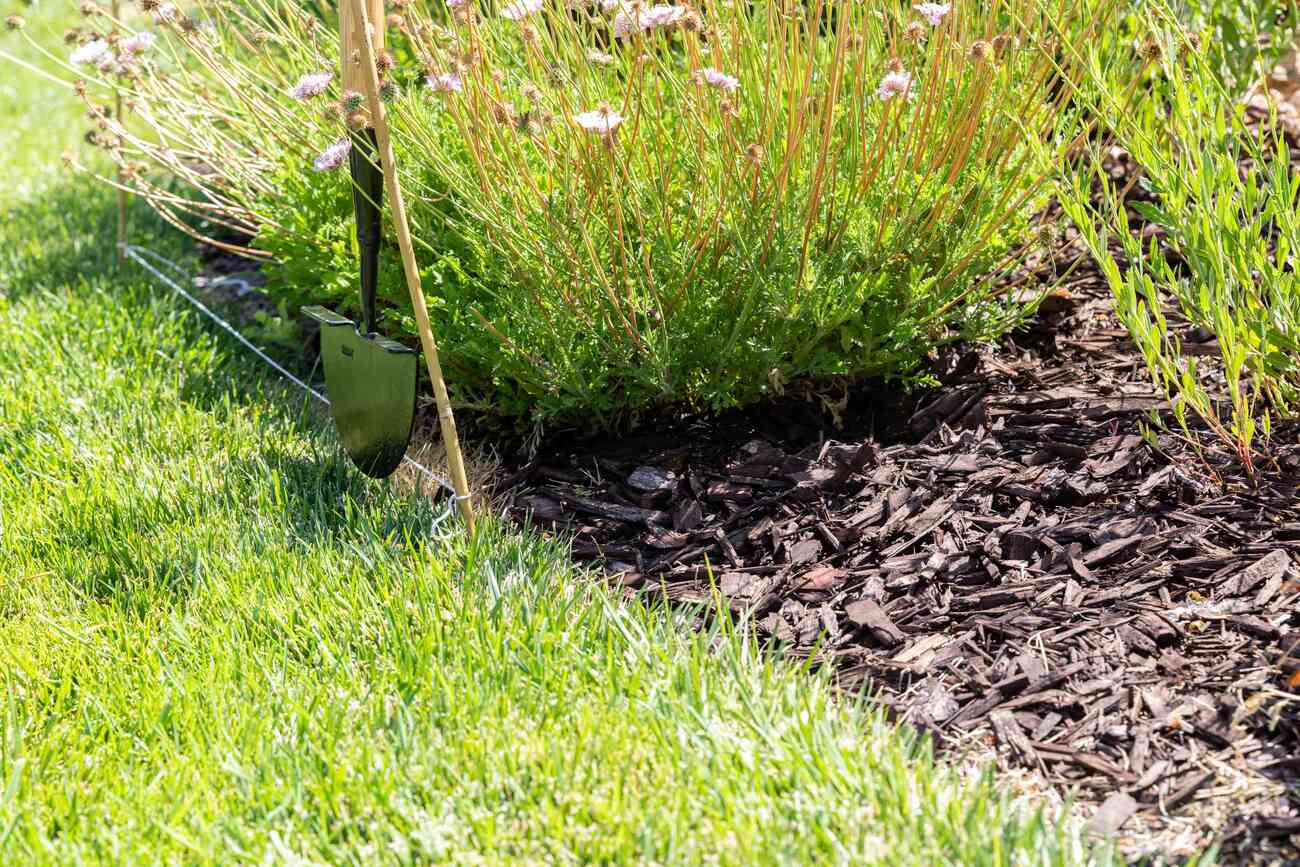

Landscaping Ideas
How To Plant Cutting Edge Grass Seed
Modified: February 18, 2024
Discover the best landscaping ideas with our cutting-edge grass seed planting guide. Transform your outdoor space with our expert tips and techniques.
(Many of the links in this article redirect to a specific reviewed product. Your purchase of these products through affiliate links helps to generate commission for Storables.com, at no extra cost. Learn more)
Introduction
Welcome to the world of landscaping, where the beauty of nature meets the artistry of design. One of the most fundamental elements of a stunning landscape is a lush, vibrant lawn. A well-maintained lawn not only enhances the visual appeal of your property but also provides a serene space for relaxation and recreation. To achieve a picture-perfect lawn, the process begins with planting cutting-edge grass seed. In this comprehensive guide, we will delve into the essential steps for successfully planting and nurturing grass seed, ensuring that your lawn flourishes with vitality and splendor.
Whether you are establishing a new lawn or rejuvenating an existing one, the journey to a verdant carpet of grass begins with selecting the right seed variety. The type of grass you choose will depend on various factors, including your local climate, soil conditions, and intended use of the lawn. With a plethora of options available, from cool-season grasses like Kentucky bluegrass and fescue to warm-season varieties such as Bermuda grass and zoysia, it’s crucial to make an informed decision that aligns with your specific needs and preferences.
Once the ideal grass seed has been identified, the next steps involve preparing the soil, planting the seed, and providing proper care and maintenance. These crucial stages will determine the success and longevity of your lawn, making it essential to approach each phase with attention to detail and dedication.
Join us as we embark on a journey to transform your outdoor space into a captivating oasis of greenery. With the right knowledge and a touch of creativity, you can cultivate a stunning lawn that not only enhances the aesthetic allure of your property but also becomes a source of pride and joy for years to come.
Key Takeaways:
- Choose the right grass seed by considering your local climate, soil type, intended use, and shade tolerance. Consulting with experts can help make an informed decision.
- Prepare the soil by clearing, testing, aerating, amending, and smoothing. Proper soil preparation is crucial for healthy root development and successful grass growth.
Read more: When To Cut Newly Planted Grass
Choosing the Right Grass Seed
When it comes to selecting the perfect grass seed for your lawn, several key factors should influence your decision. Understanding the climate, soil type, and intended use of the lawn is essential in choosing a grass variety that will thrive in your specific environment.
1. Climate Considerations: The climate in your region plays a pivotal role in determining the most suitable grass species for your lawn. Cool-season grasses, such as Kentucky bluegrass, fescue, and ryegrass, flourish in regions with cold winters and hot summers. On the other hand, warm-season grasses like Bermuda grass, zoysia, and St. Augustine grass are better suited to areas with mild winters and scorching summers. By aligning your choice with the local climate, you can ensure that your grass will thrive and remain resilient throughout the year.
2. Soil Type: The composition of your soil profoundly impacts the growth and health of your lawn. Some grass species prefer well-drained soils, while others can tolerate clay or sandy soils. Conducting a soil test to determine the pH level and nutrient content of your soil can provide valuable insights into which grass varieties are best suited to your specific soil type. For instance, alkaline soils may favor certain grasses, while acidic soils may be more conducive to others.
3. Intended Use: Consider how your lawn will be used when selecting a grass seed. Will it primarily serve as a decorative front yard, a resilient play area for children and pets, or a durable surface for outdoor activities? Different grass species offer varying levels of resilience, texture, and maintenance requirements, so it’s important to choose a variety that aligns with your lawn’s intended function.
4. Shade Tolerance: If your lawn is partially shaded by trees or structures, selecting a grass variety with high shade tolerance is crucial. Shade-tolerant grasses, such as fine fescue and certain types of ryegrass, can thrive in areas with limited sunlight, ensuring that every corner of your lawn remains lush and vibrant.
By carefully considering these factors and conducting thorough research on the available grass seed options, you can make an informed decision that sets the stage for a flourishing and resilient lawn. Keep in mind that consulting with local landscaping experts or horticulturists can provide valuable insights tailored to your specific geographic location and soil conditions.
Preparing the Soil
Before sowing the seeds of a vibrant lawn, it’s essential to prepare the soil to create an optimal environment for germination and growth. Proper soil preparation sets the stage for healthy root development and ensures that the grass seed receives the necessary nutrients and support to flourish.
1. Clearing and Leveling: Start by clearing the area of any debris, rocks, or existing vegetation. This provides a clean canvas for your new lawn. Additionally, ensure that the soil is level, as uneven terrain can result in irregular water distribution and hinder uniform grass growth.
2. Soil Testing: Conduct a soil test to assess the pH level and nutrient content of the soil. This analysis provides valuable insights into any necessary amendments or adjustments required to create an ideal growing environment for the chosen grass seed. Soil testing kits are readily available at garden centers and can be instrumental in guiding your soil preparation efforts.
3. Aeration and Tilling: Aerating the soil helps alleviate compaction and promotes air circulation, water absorption, and root development. Tilling the soil further enhances its structure, making it more conducive to seed germination and root establishment. These processes create a loose, fertile seedbed that allows the grass roots to penetrate the soil easily.
4. Amendments and Fertilization: Based on the results of the soil test, amend the soil as needed to optimize its nutrient content and pH balance. Adding organic matter, such as compost or well-rotted manure, can improve soil structure and fertility. Additionally, applying a balanced fertilizer formulated for new seed establishment can provide essential nutrients to support early growth and development.
5. Raking and Smoothing: Use a garden rake to smooth the soil surface, breaking up any large clumps and creating a fine, even texture. This prepares the soil for seeding and ensures proper seed-to-soil contact, which is crucial for successful germination.
By meticulously preparing the soil before planting the grass seed, you lay a solid foundation for a thriving and resilient lawn. The investment of time and effort in soil preparation significantly contributes to the long-term health and beauty of your landscape, setting the stage for a lush and vibrant carpet of grass that enhances the allure of your outdoor space.
When planting cutting edge grass seed, make sure to prepare the soil by removing any debris and loosening the top layer. Then, spread the seed evenly and lightly cover with a thin layer of soil. Water regularly to keep the soil moist for optimal germination.
Planting the Grass Seed
As you embark on the journey to transform your outdoor space with a lush carpet of grass, the process of planting the grass seed marks a pivotal step toward achieving a vibrant and resilient lawn. By following the essential guidelines for sowing and nurturing the seeds, you can set the stage for healthy germination and robust growth, ensuring that your lawn flourishes with vitality and beauty.
1. Seed Distribution: Begin by evenly distributing the grass seed over the prepared soil surface. Using a seed spreader or broadcast spreader can facilitate uniform coverage, preventing over-seeding in certain areas and under-seeding in others. Be mindful of the recommended seeding rates for your specific grass variety to achieve optimal results.
2. Seed-to-Soil Contact: After distributing the grass seed, gently rake the soil to achieve seed-to-soil contact. This crucial step ensures that the seeds are nestled into the soil, promoting germination and root establishment. Adequate seed-to-soil contact is essential for the seeds to absorb moisture and nutrients from the soil, fostering healthy growth.
3. Mulching: Applying a thin layer of mulch, such as straw or erosion control blankets, can help retain moisture, protect the seeds from birds and environmental stress, and provide a conducive microclimate for germination. The mulch also aids in preventing soil erosion and promotes a favorable environment for the seeds to thrive.
4. Watering: Proper watering is vital for the successful germination of grass seed. Initially, water the seeded area gently to avoid displacing the seeds, and continue to keep the soil consistently moist until the seeds have germinated and the new grass has reached mowing height. Adequate moisture is essential to support the emergence of the tender seedlings and promote healthy root development.
5. Care and Patience: After planting the grass seed, exercise patience and attentiveness as you await the emergence of the delicate seedlings. Monitor the soil moisture regularly, protect the area from excessive foot traffic, and refrain from mowing until the new grass has reached the recommended height for the first mowing. With proper care and attention, the seeds will germinate, and the young grass will gradually establish itself, transforming the landscape with its lush greenery.
By following these essential steps and best practices for planting grass seed, you lay the groundwork for a flourishing and verdant lawn. With the right approach and nurturing, the seeds you sow will burgeon into a resilient and captivating carpet of grass, enriching your outdoor space with natural beauty and tranquility.
Watering and Maintenance
Once the grass seed has been sown and the initial stages of growth have commenced, maintaining optimal soil moisture and providing proper care are essential for nurturing the burgeoning lawn. Watering, in conjunction with ongoing maintenance practices, plays a crucial role in fostering healthy grass growth and ensuring the long-term vibrancy and resilience of the lawn.
1. Watering Schedule: Establishing a consistent watering schedule is vital for supporting the germination and early growth of the grass seed. Initially, the soil should be kept consistently moist, but not waterlogged, to facilitate seedling emergence and root development. As the grass establishes itself, gradually transition to a deeper, less frequent watering schedule to encourage robust root growth and drought tolerance.
2. Morning Watering: Watering the lawn in the early morning is optimal, as it allows the grass foliage to dry during the day, reducing the risk of fungal diseases. Additionally, cooler morning temperatures minimize water loss through evaporation, ensuring that the moisture penetrates the soil and benefits the developing roots.
3. Mowing and Fertilization: As the grass matures, regular mowing and fertilization become integral components of lawn maintenance. Adhering to the recommended mowing height for your specific grass variety promotes healthy growth and discourages weed infestations. Furthermore, applying a balanced fertilizer at the appropriate times provides essential nutrients to sustain the lawn’s vigor and color.
4. Weed and Pest Control: Vigilant weed management and pest control contribute to the overall health and appearance of the lawn. Regularly inspect the grass for signs of weeds or pest damage, and address any issues promptly to prevent them from impeding the growth and vitality of the grass.
5. Aeration and Overseeding: Periodic aeration and overseeding help alleviate soil compaction, promote air and water penetration, and rejuvenate thin or bare areas of the lawn. These practices invigorate the grass, enhancing its resilience and visual appeal.
6. Seasonal Considerations: Adjust your maintenance practices in accordance with seasonal changes. During periods of heat or drought, for example, additional watering may be necessary to sustain the grass. Conversely, in cooler months, the lawn may require less frequent mowing and fertilization, but continued monitoring and care are essential to support the grass through varying environmental conditions.
By embracing a comprehensive approach to watering and maintenance, you provide the necessary support for your grass to thrive and endure. Consistent care, combined with attention to seasonal nuances and the unique needs of your lawn, fosters a verdant and resilient landscape that enriches your outdoor environment with natural splendor and enduring allure.
Read more: How To Edge Landscaping
Conclusion
As we conclude this comprehensive guide to planting cutting-edge grass seed, we reflect on the transformative journey from sowing the seeds of possibility to cultivating a vibrant and enduring lawn. The process of establishing and nurturing a lush carpet of grass is not merely a horticultural endeavor but a creative expression that enhances the beauty and tranquility of your outdoor space.
By carefully selecting the right grass seed variety, considering climate, soil, and intended use, you lay the groundwork for a resilient and visually captivating lawn. The thoughtful preparation of the soil, coupled with the meticulous distribution and nurturing of the grass seed, sets the stage for healthy germination and robust growth. As the tender seedlings emerge and the grass matures, attentive watering and ongoing maintenance practices sustain the vitality and allure of the lawn, ensuring its enduring beauty.
Throughout this journey, patience, care, and an understanding of the unique needs of your lawn are paramount. Embracing the seasonal rhythms and adapting your maintenance practices accordingly fosters a landscape that evolves with the ebb and flow of nature, embodying the harmony between human artistry and the splendor of the natural world.
As you witness the transformation of your outdoor space into a verdant sanctuary, take pride in the role you play as a steward of this living canvas. Your dedication and nurturing spirit breathe life into the landscape, creating a haven of greenery that enriches your surroundings and uplifts the senses.
May this guide inspire you to embark on your own journey of cultivating a stunning lawn, where each blade of grass becomes a testament to your commitment to beauty, resilience, and the timeless allure of nature. With the right knowledge, care, and a touch of creativity, you can cultivate a landscape that not only captivates the eye but also nourishes the soul, creating a space where the artistry of design and the splendor of nature converge in perfect harmony.
Frequently Asked Questions about How To Plant Cutting Edge Grass Seed
Was this page helpful?
At Storables.com, we guarantee accurate and reliable information. Our content, validated by Expert Board Contributors, is crafted following stringent Editorial Policies. We're committed to providing you with well-researched, expert-backed insights for all your informational needs.

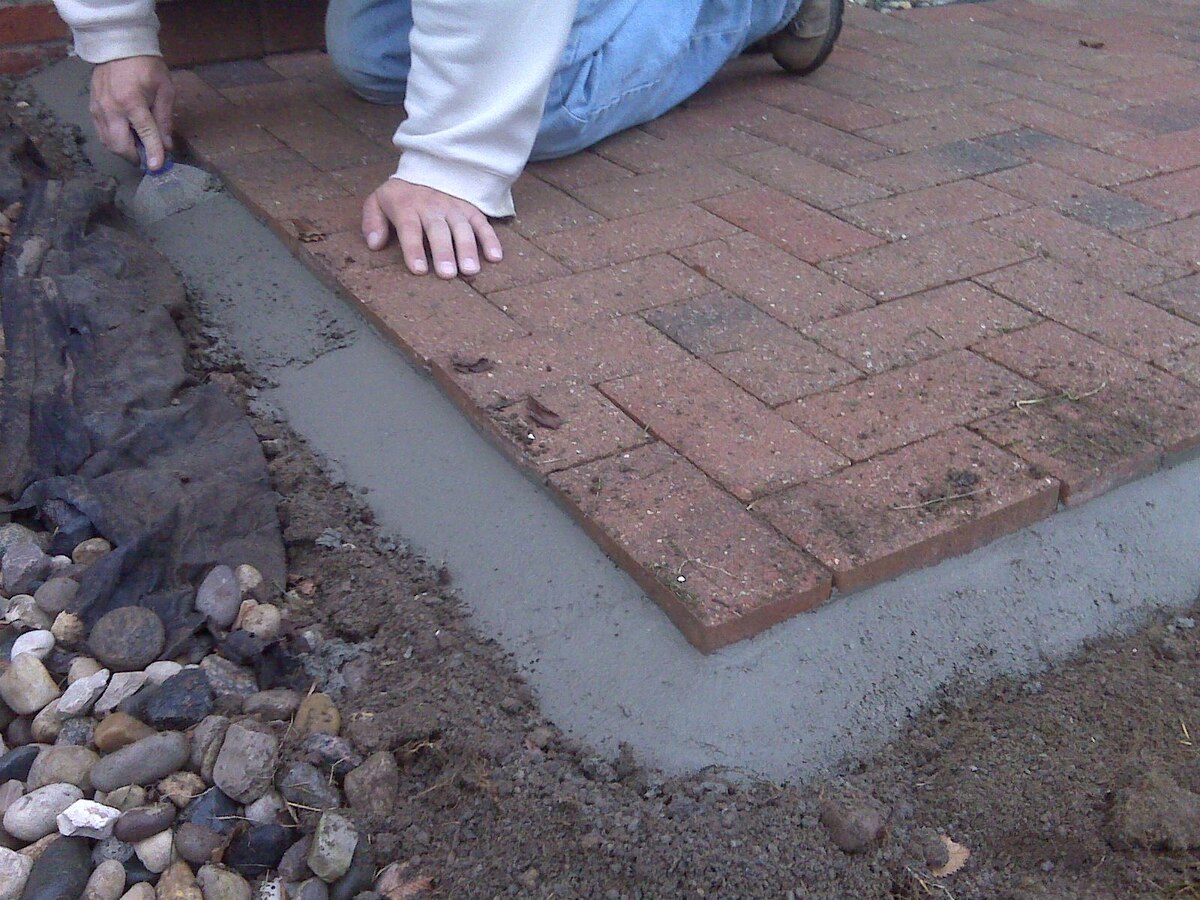
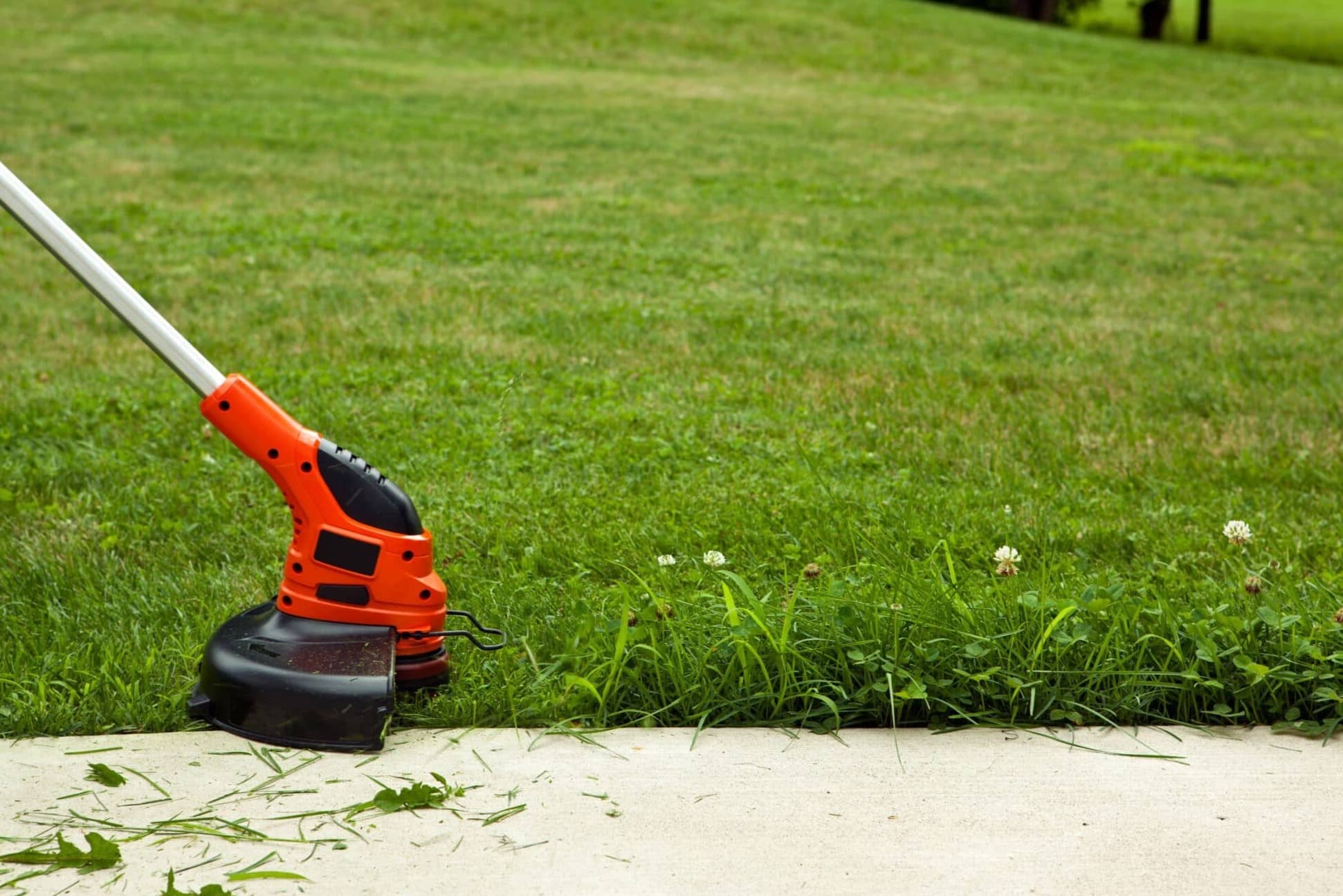
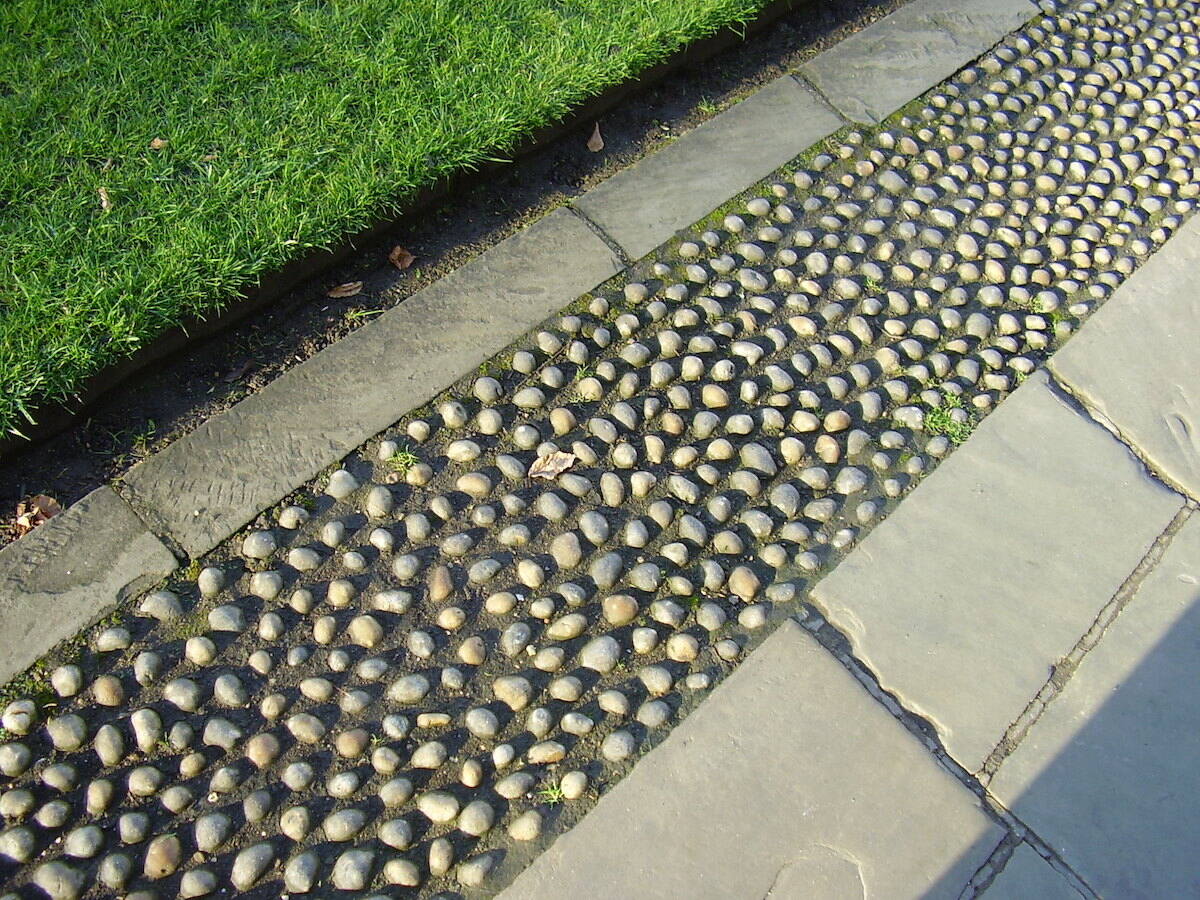
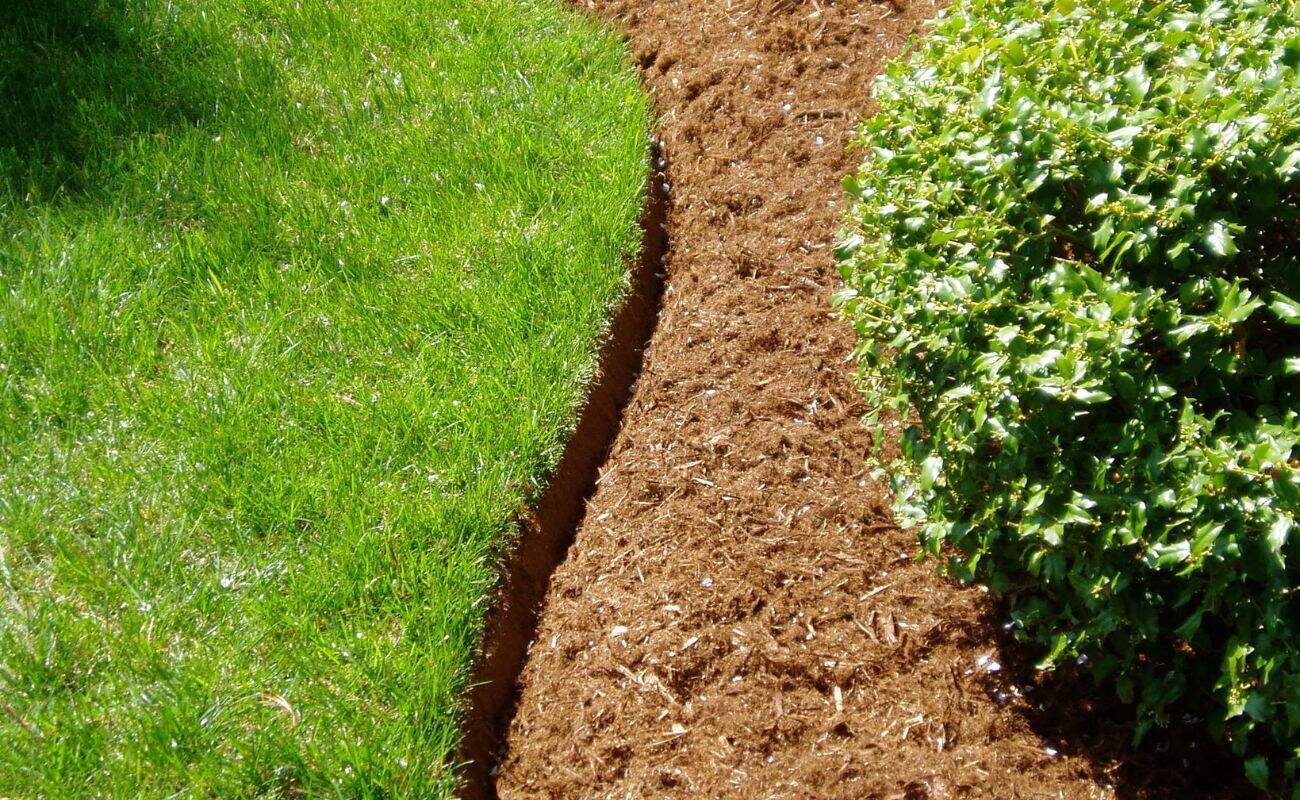
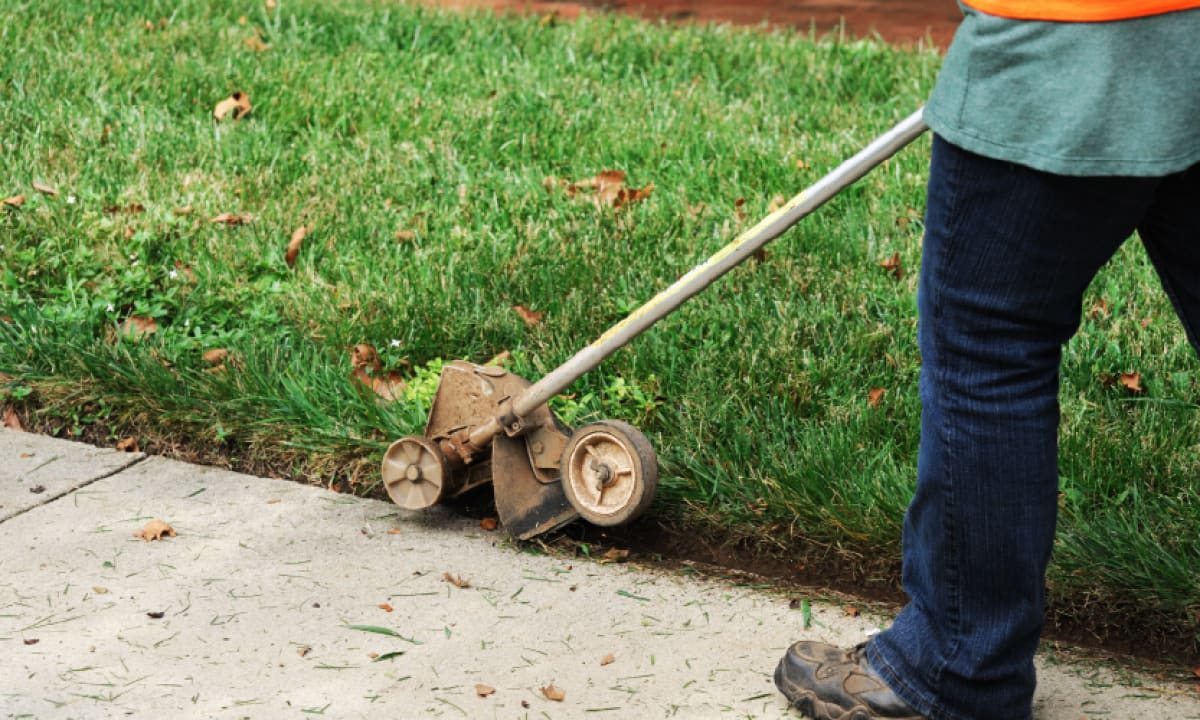
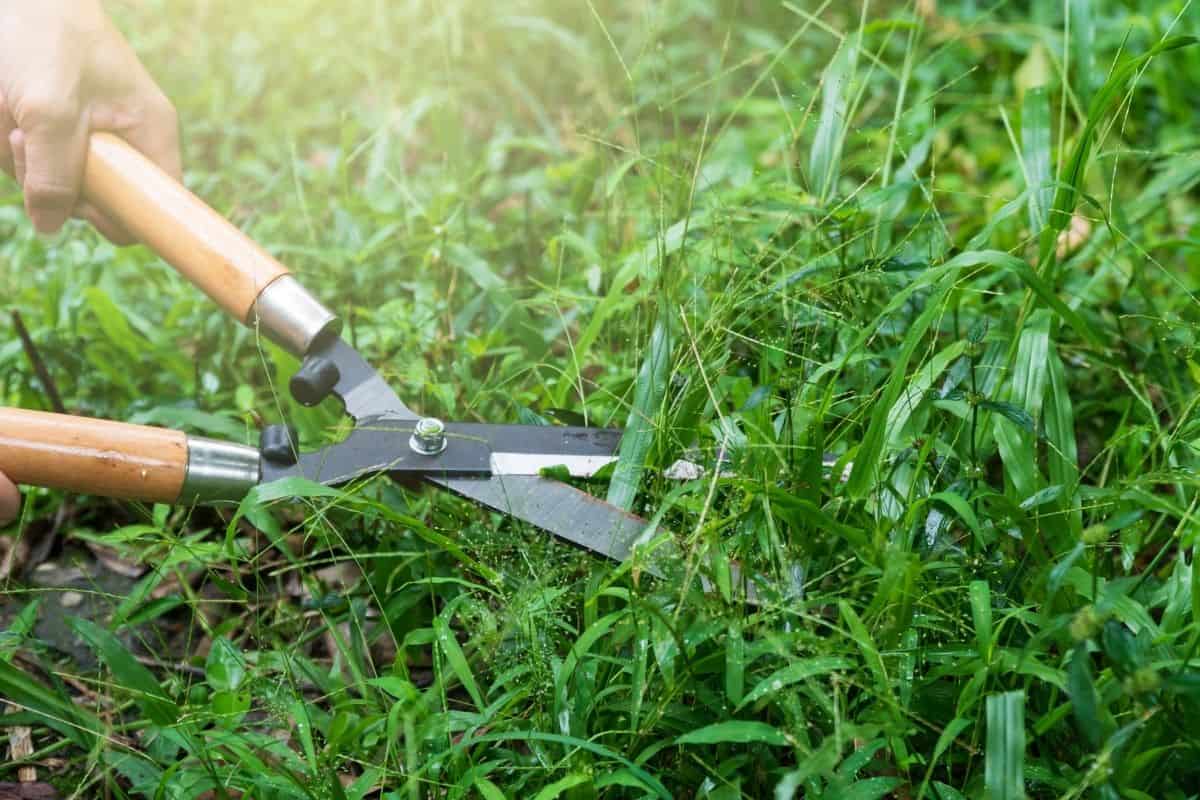

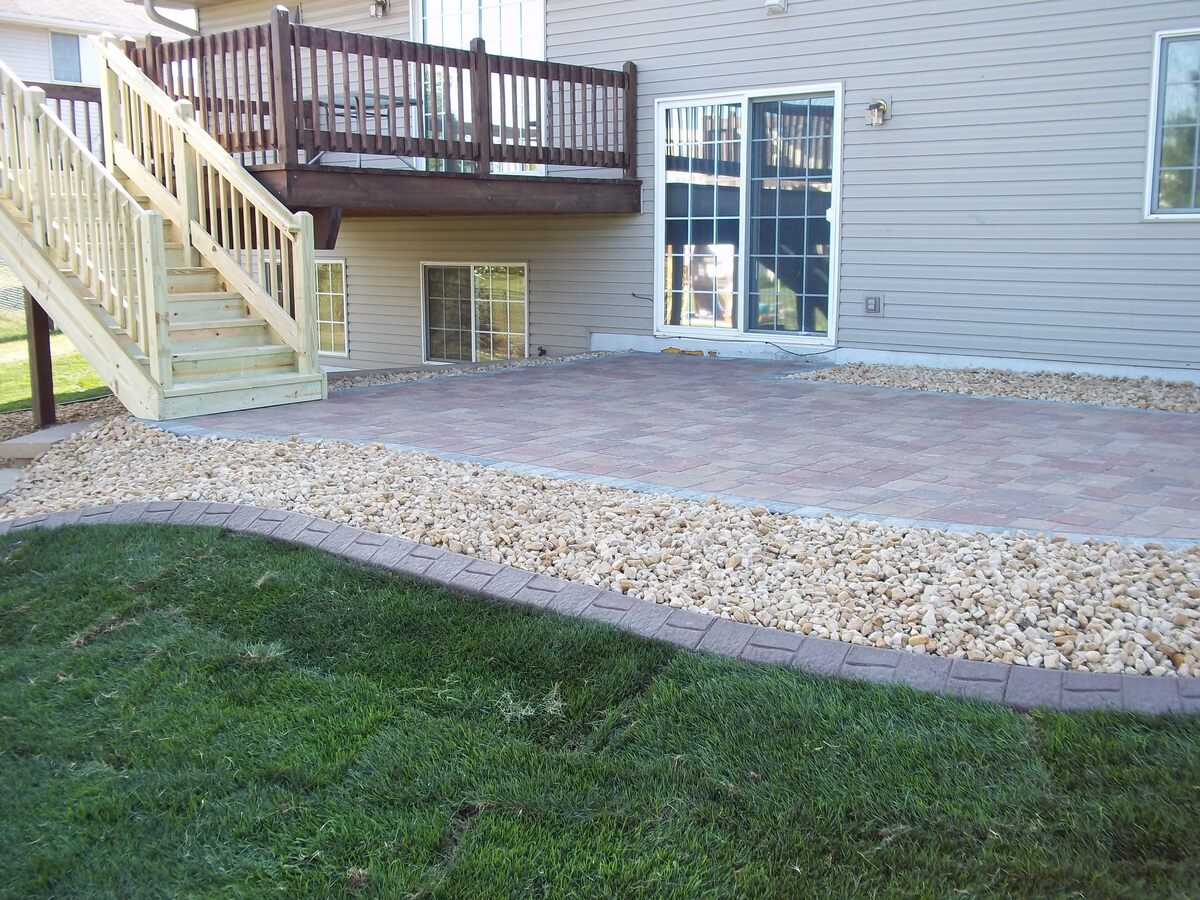



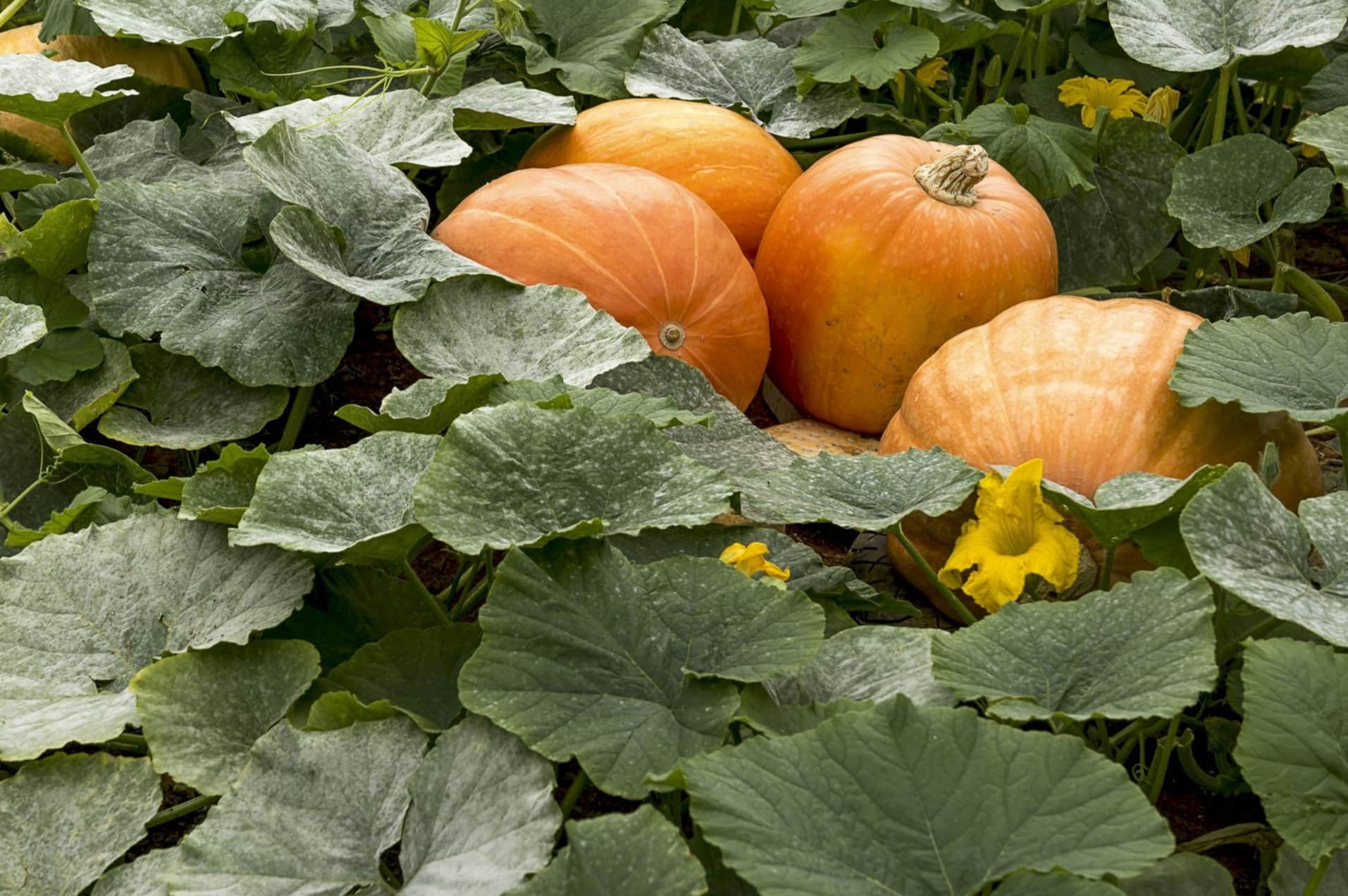
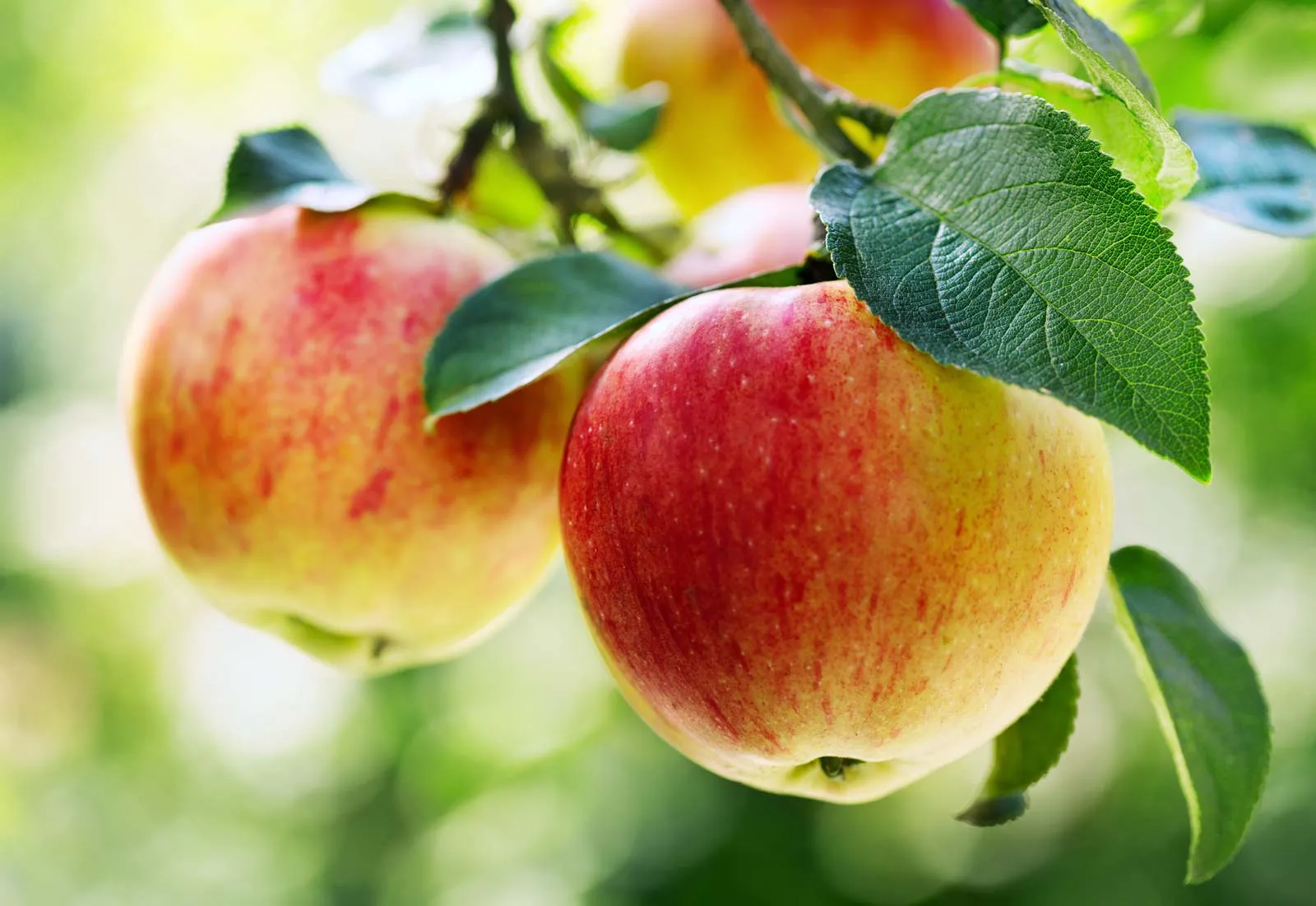

0 thoughts on “How To Plant Cutting Edge Grass Seed”